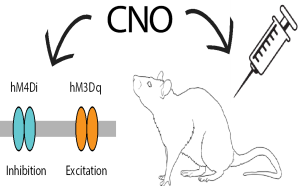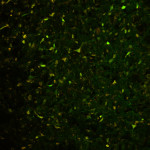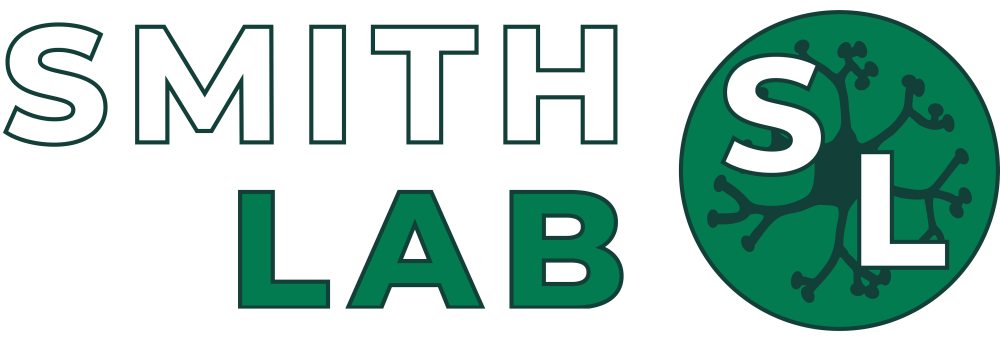
A central function of the brain is to bind value to features of experience. How does this happen? The mission of our laboratory is to resolve the neural dynamics by which predictive, motivational, and affective values are acquired, stored, and acted upon.
Key goals for our research are to tease apart components of reward and goal-directed behavior in neural activity, to uncover mechanisms for generating hedonic pleasure and motivation, and to understand the interaction of motivation and habits in reward seeking and addiction. We use variety of neuroscience techniques in rodent models. These are all painless, and are usually used in some combination with each other:
 Behavior – Tasks to Study Reward and Action
Behavior – Tasks to Study Reward and Action
We use a range of tasks to probe brain function. These include mazes, operant and Pavlovian conditioning procedures, taste-reactivity tests, behavior microanalysis, and more.
Electrophysiology – Recording Brain Activity During Behavior
We record chronically from tetrodes (twisted bundles of 4 wires, each about 1/4 the size of a hair). These allow us to achieve high density readouts of the activity of dozens of neurons at the same time, across multiple brain areas. Recordings within a test day show us how the cells respond to behavior and events in a task, and recordings over time (even over months) allow us to evaluate how their responses change during learning.
Optogenetics – Using Light to Change Brain Activity
It is now possible to use viral vectors or transgenic approaches to introduce light-sensitive membrane channels into brain cells of interest. For example, delivery of blue light onto neurons expressing one type, channelrhodopsin, can activate neurons, while delivery of yellow light onto neurons expressing another, halorhodopsin, causes them to shut down. This tool provides a new level of precision in targeting brain activity at timescales in which it normally operates (milliseconds) and in a uniquely selective manner (e.g., certain types of neurons or certain pathways).
Chemogenetics – Changing Brain Activity with Designer Molecules
 It is also possible to use synthetic compounds in combination with gene-based targeting strategies to modify the activity of types of neurons over large areas of the brain. This approach allows for a less invasive form of neural modulation during behavior.
It is also possible to use synthetic compounds in combination with gene-based targeting strategies to modify the activity of types of neurons over large areas of the brain. This approach allows for a less invasive form of neural modulation during behavior.
Pharmacology – Targeting Brain Chemicals
We use tiny microinjections (on the scale of nanoliters) of pharmacological agents into brain areas to modulate the level of certain neurotransmitters. This allows us to determine the role of these transmitters in shaping behavior and patterns of brain activity.
Anatomy and Immunochemistry – Mapping Brain Circuits
 We use viral vectors and other tools to evaluate the connections of a brain area to other areas, and immunolabeling techniques to examine the distribution of neurons stimulated by a task (e.g., Fos).
We use viral vectors and other tools to evaluate the connections of a brain area to other areas, and immunolabeling techniques to examine the distribution of neurons stimulated by a task (e.g., Fos).
